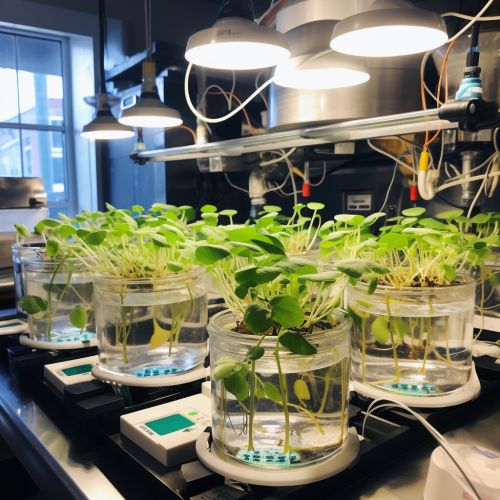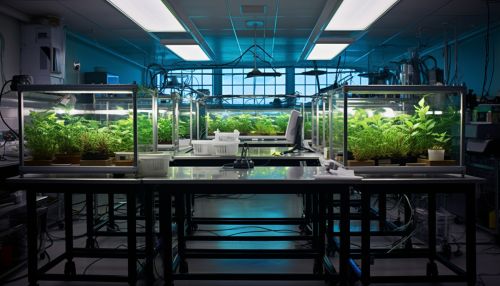Tissue Engineering
Introduction
Tissue engineering is a multidisciplinary field that aims to develop functional tissues and organs to repair, replace, maintain, or enhance tissue and organ function. This is achieved through the combination of cells, engineering methods, and suitable biomaterials. The field has emerged from the area of biomaterials and engineering, with contributions from cell and molecular biology.


History
The concept of tissue engineering was first proposed in the late 20th century. The term "tissue engineering" was officially coined at a 1987 National Science Foundation (NSF) workshop. The field has since evolved and expanded, incorporating advances in stem cell research, nanotechnology, and biotechnology.
Principles of Tissue Engineering
Tissue engineering involves three key components: scaffolds, cells, and signals.
Scaffolds
Scaffolds are three-dimensional structures that provide a template for tissue regeneration. They are typically made of biomaterials that can be naturally occurring or synthetic. The scaffold provides mechanical support for the cells and guides their growth and differentiation.
Cells
Cells are the building blocks of tissues. They can be sourced from the patient (autologous cells), another individual (allogeneic cells), or from animal sources (xenogeneic cells). Stem cells, due to their ability to differentiate into various cell types, are often used in tissue engineering.
Signals
Signals can be biochemical or physical cues that guide cell behavior. Biochemical signals include growth factors and cytokines, while physical signals can be mechanical forces or electrical stimuli.
Techniques in Tissue Engineering
Various techniques are employed in tissue engineering, including cell culture, scaffold fabrication, and bioreactor cultivation.
Cell Culture
Cell culture is a fundamental technique in tissue engineering. It involves the isolation of cells from a tissue and their subsequent proliferation in a controlled environment.
Scaffold Fabrication
Scaffold fabrication involves the creation of a three-dimensional structure that mimics the extracellular matrix of the tissue. Techniques for scaffold fabrication include solvent casting, gas foaming, and electrospinning.
Bioreactor Cultivation
Bioreactors are used to cultivate engineered tissues under controlled conditions. They provide a controlled environment for cell growth, nutrient supply, and waste removal.
Applications of Tissue Engineering
Tissue engineering has a wide range of applications in regenerative medicine, drug testing and development, and basic research.
Regenerative Medicine
In regenerative medicine, tissue engineering is used to develop biological substitutes that can restore, maintain, or improve tissue function. This includes the engineering of skin, bone, cartilage, blood vessels, and even complex organs such as the heart and liver.
Drug Testing and Development
Tissue-engineered models can be used for drug testing and development. These models can mimic the in vivo environment more accurately than traditional cell culture models, providing more reliable data.
Basic Research
Tissue engineering techniques are also used in basic research to study cell behavior, tissue development, and disease progression.
Challenges and Future Directions
Despite the significant progress in the field, there are still several challenges that need to be addressed. These include the scalability of tissue engineering techniques, the immune response to engineered tissues, and the ethical issues associated with the use of stem cells and animal-derived materials.
The future of tissue engineering lies in the development of more sophisticated techniques and materials, the integration of nanotechnology, and the exploration of new sources of cells, such as induced pluripotent stem cells.
